Ever imagined a perfume bottle with an invisible ink writing facility in it? If not, Nseen is all you need to explore. Yes, Nseen it is, and it’s a see-through perfume bottle that offers invisible writing. Thus, if the Nseen bottle is kept straight in front of an upright book, onlookers would be able to see straight away through it and read the words on the book placed behind, but can’t see the writing on the bottle itself.
Isn’t it great? But it’s not actually that magical as it seems. Instead, it’s the outcome of a hell lot of experiment and research based on scientific facts and evidence. So, let’s move on to those facts and have a deeper insight to this uniquely featured Nseen bottle.
Aim of The Nseen Project:
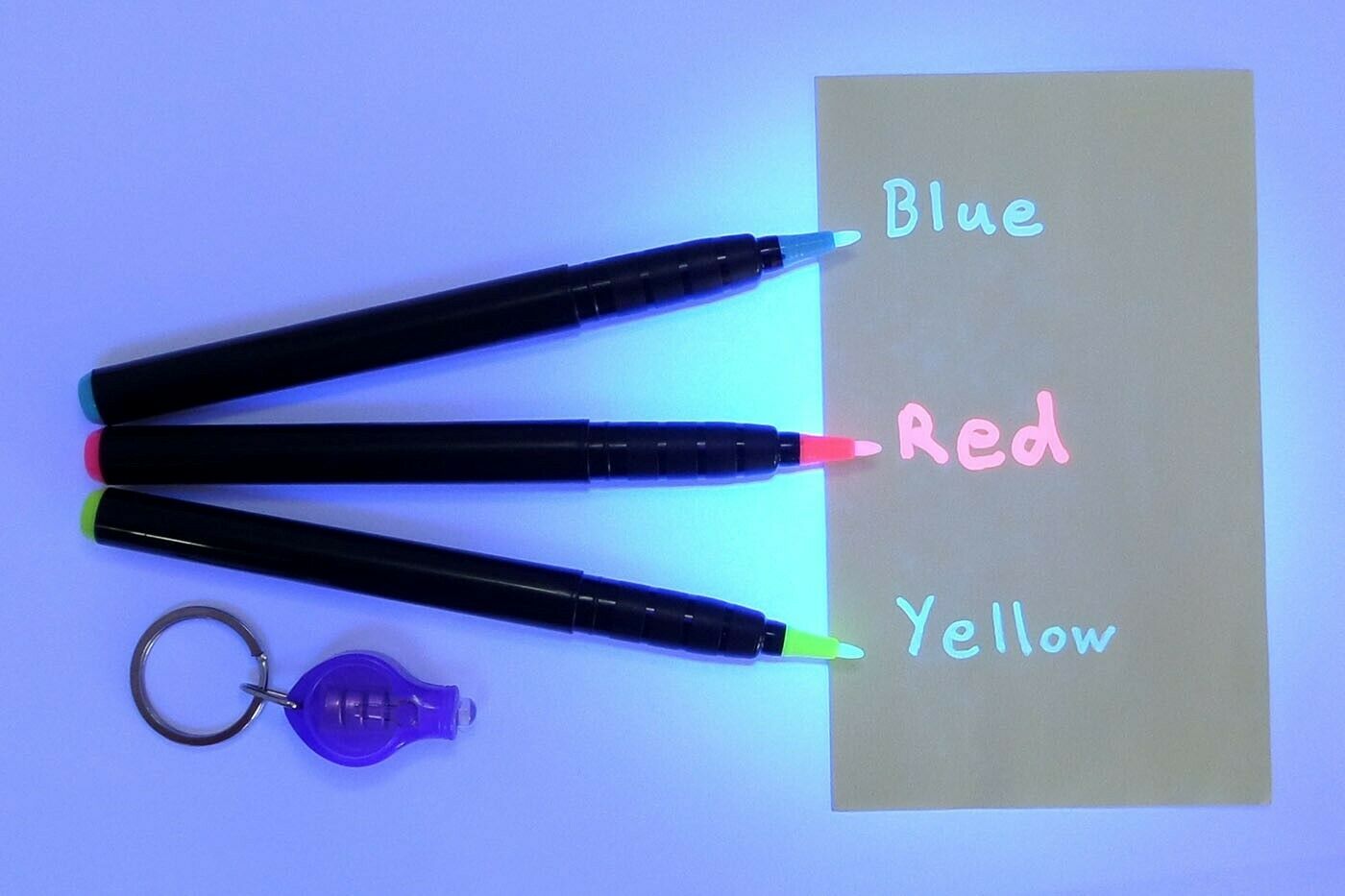
source: ebayimg.com
The creation of Nseen envisages to change the traditional face of surface design and open up doors for dynamic, responsive textures through lenticular 3D printing. Through this project, the designers aim at eliminating the need to replicate traditional and existing materials and creating dreamy material expressions that can only be found in the digital world.
The Preliminary Thoughts & Inspirations Behind The Project:
The basic idea behind creating Nseen came straight from two seamingly opposite muses namely, the natural world and the digital world. In both the worlds, the researchers recognized a depth and interactivity color.
However, both of these phenomena seemed impossible to replicate in an artificial or man-made product. For example, the way a flower waves, looks delicate and changes color upon falling different light. Similarly, the way a computer 3D model can dynamically change colors when shifted in space or zoomed in or out. All these things are something that can hardly be replicated and made that lively as they are meant to be.
On one hand, the present-day architecture is usually static and binary and on the other hand, nature is rich and dynamic. Thus, the creators or the designers behind this project strived to incorporate the natural richness into the built environment. And this was when the illusory material came to the picture in order to add depth of color and texture in real-life objects.
The Basics of The Creation:
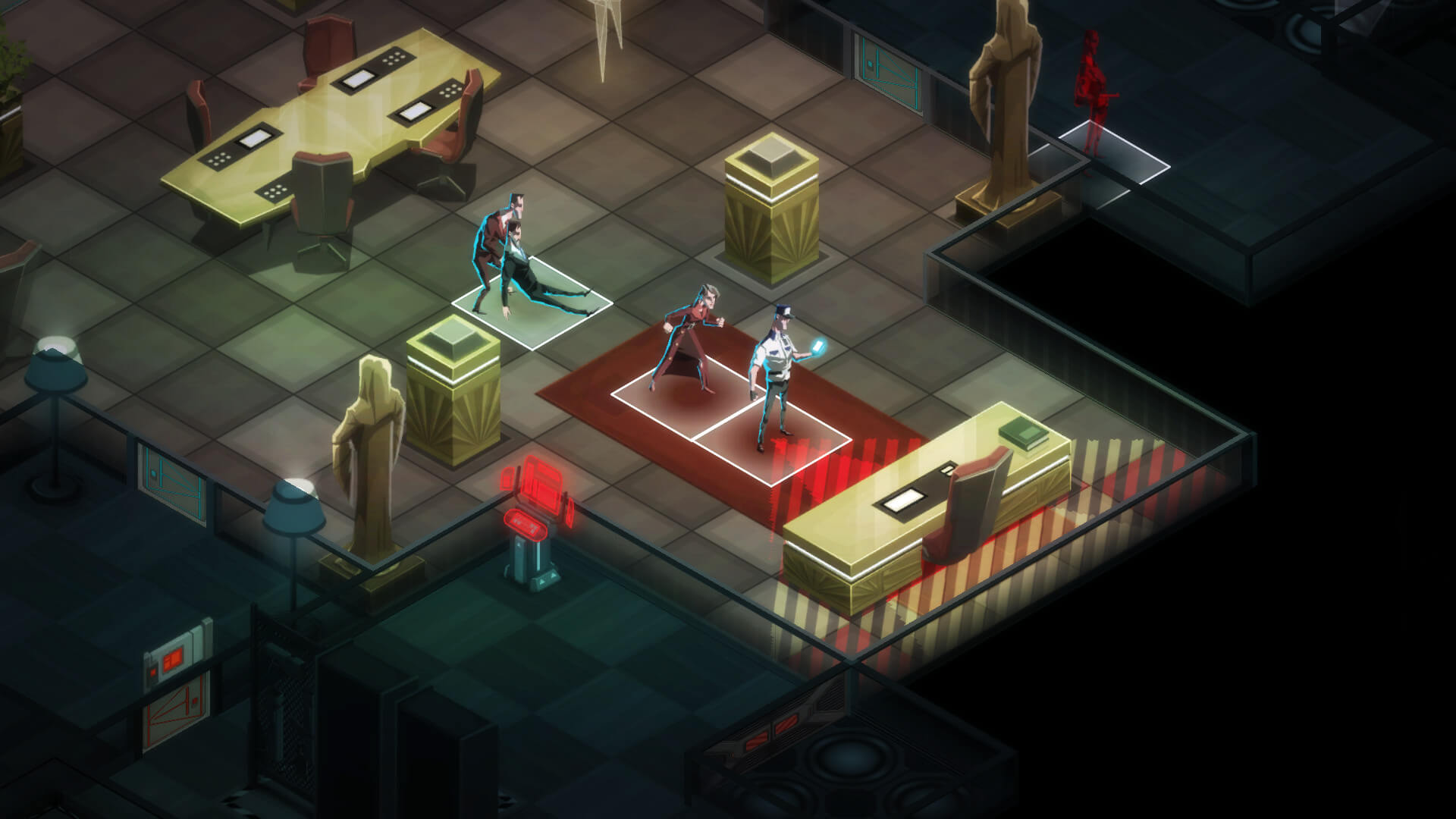
source: wolfsgamingblog.com
- This extraordinary stuff is the brainchild of MIT researchers Jiani Zeng and Honghao Deng, who developed a minimalistic 3-D printed flacon that is completely transparent and reveals only the branding when tilted at exactly 90 degrees.
- At the time of tilting, although your fingers can be viewed through the transparent bottle but the writing remains invisible. It’s because the writing has a veil of lenticular lens, that is a corrugated sheet made out of rows of convex, magnifying lenses.
- The sheet bends light at specific angles thereby ensuring increased invisibility as well as magnifying parts of the background behind. On the other hand, the lenses are flat that allows light to pass through and tend to divulge the writing underneath.
Introduction of 3D Printing In Nseen Flacon:
The founders Zeng and Deng say that it is the first time that such an advanced and revolutionary effect has been incorporated using the 3D printing technology.
Deng, who is a computational designer, further adds that 3D printers that can print glass-like materials are relatively new in the industry. He also proudly states that the Deng-Zeng team is the first group of designers & researchers that has successfully been able to precisely control the 3D printed lenticular effects.
A Deeper Insight To The 3D Printing Technology Through The Nseen Project:
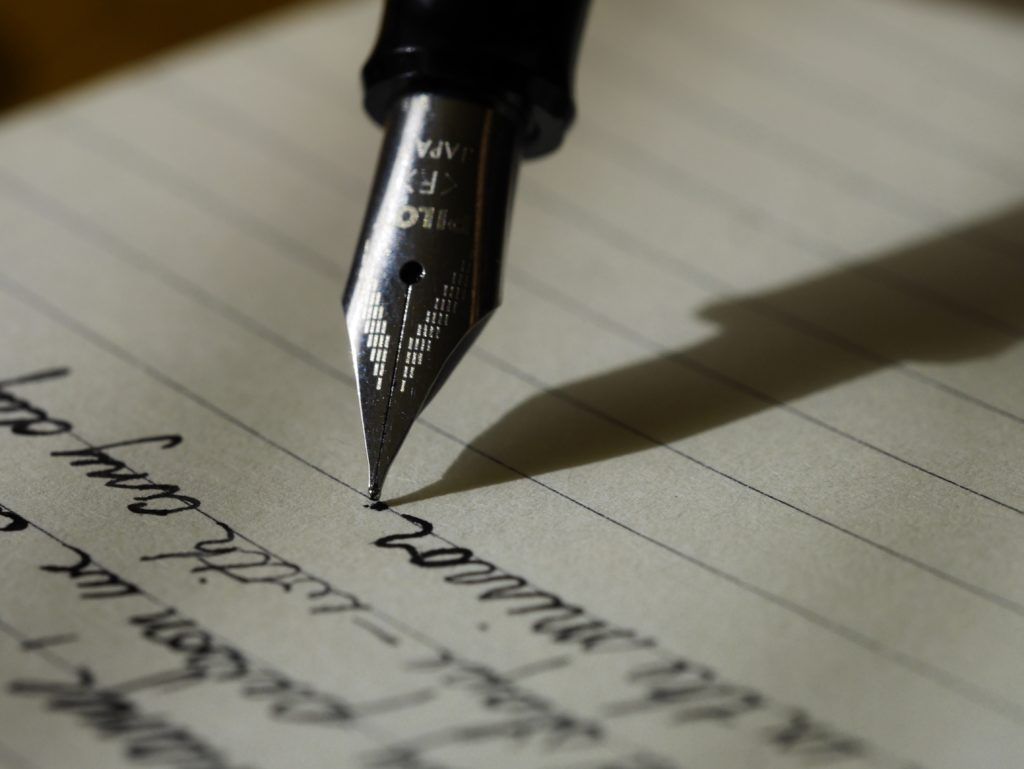
source: ethical.net
- The Deng-Zeng duo throws light to another spectacular phenomenon that is the “Illusory Material” method that allows printing using lenticular lenses while imbuing each voxel, or 3D pixel, each having a different colour, texture as well as refractivity.
- Illusory Material method is a design methodology and computational workflow that breaks down design medium into ‘matters.’ It further restructures and reinvents materiality to give rise to new and unique expressions, forms, properties and experiences.
- The lenticular 3D printing framework enables designers to give dynamic texture and color in a composed manner. This new technique allows designers to manipulate the color, texture, and refractivity of materials across time and different viewing angles.
- In the Illusory Material procedure, the designer is free from the shackles of surface limitations and allows the addition of another dimension to the material interface.
- By embedding design in the three-dimensional matter (voxel), the illusory material enhances a new material organization that is directly responsive to user intervention as well as the environment.
- Thus, the multi-material 3D printing allows for the merger of surface detail design, texture and refractivity with the final product composition.
- The voxel printing technology allows designing and testing of the material interface in terms of depth, and volumetric behavior.
- The fixing of a different material property to each voxel in a multi-material printing, object interfaces with various material distributions can be created that are capable of displaying varying and unique material expressions.
- The optical distortion of the lenticular lens can also be digitally modeled using the Illusory Material method.
- The Illusory Material system allows for the creation and development of objects that can change color according to the angle from which they are viewed. This is done simply by layering different shades beneath each lenticular lens.
Other Points of Consideration Behind The Creation:
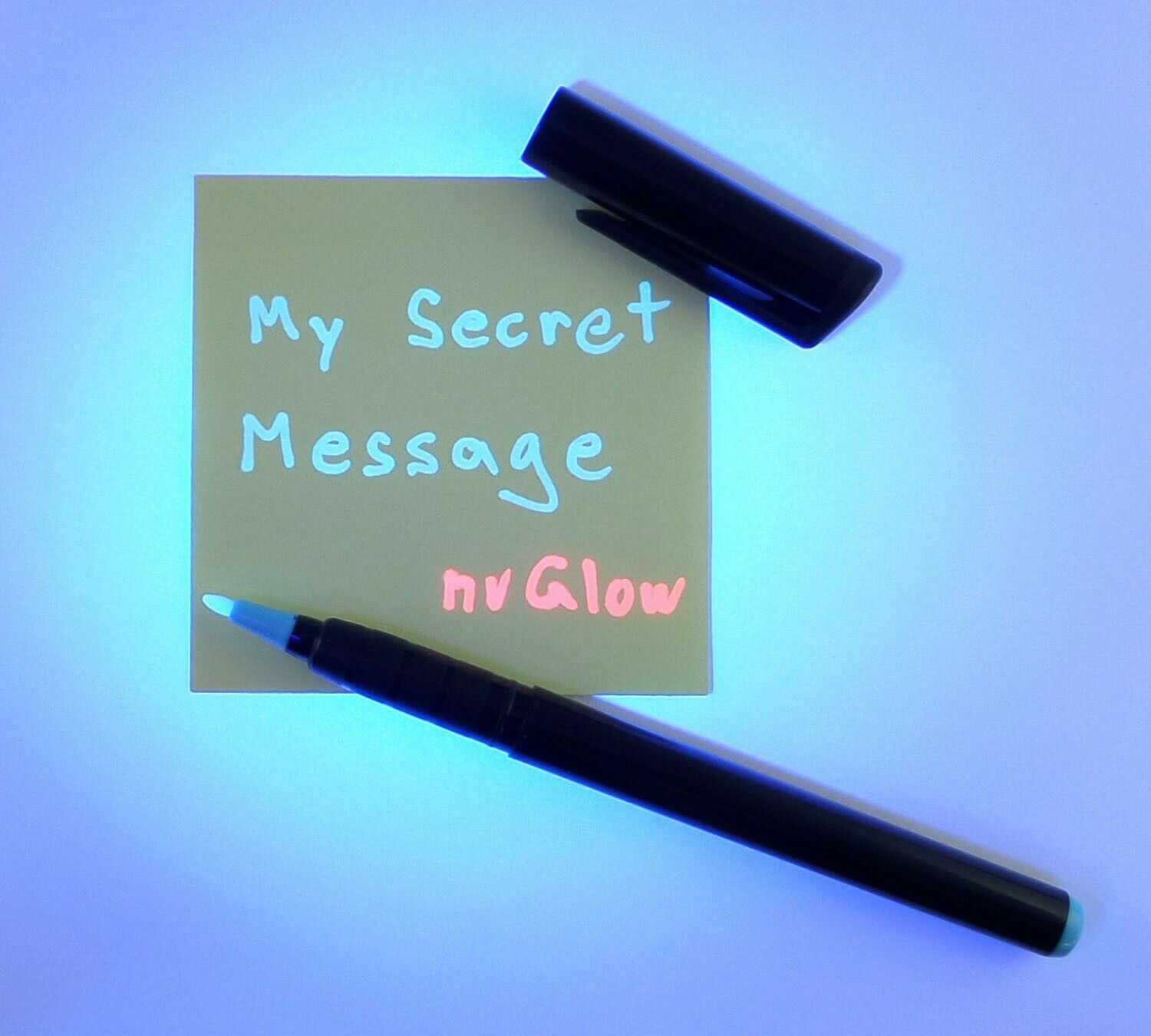
source: ebay.com
- Since this minimal perfume bottle reveals information only from certain angles, it is imperative to note the optical effects. Thus, the designers studied the optical effects by testing multiple lenticular arrays to zero into a dynamic object.
- The next thing that they took into consideration is the type of 3D printer. They opted for the Stratasys’ J8 Series 3D printer to manufacture the parts of the object because of its multi-material capabilities.
- Whilst the development of this project, the designers also arranged for a full computational pipeline that is able to calculate the ideal lens geometry for each design that serves to be the input.
- On the other hand, other worldly objects can also be created through this with shifting patterns, interactive messages and even touch-sensitive visual effects.
- For this project, the ripple effect across several layers was integrated using voxel-level design.
- The design concept basically integrates two main parts that is the top layer composed of VeroClear that consists of lenticular lenses (rippled texture), and an underlying base layer that is colorful and made of VeroVivid materials.
The Final Outcome:
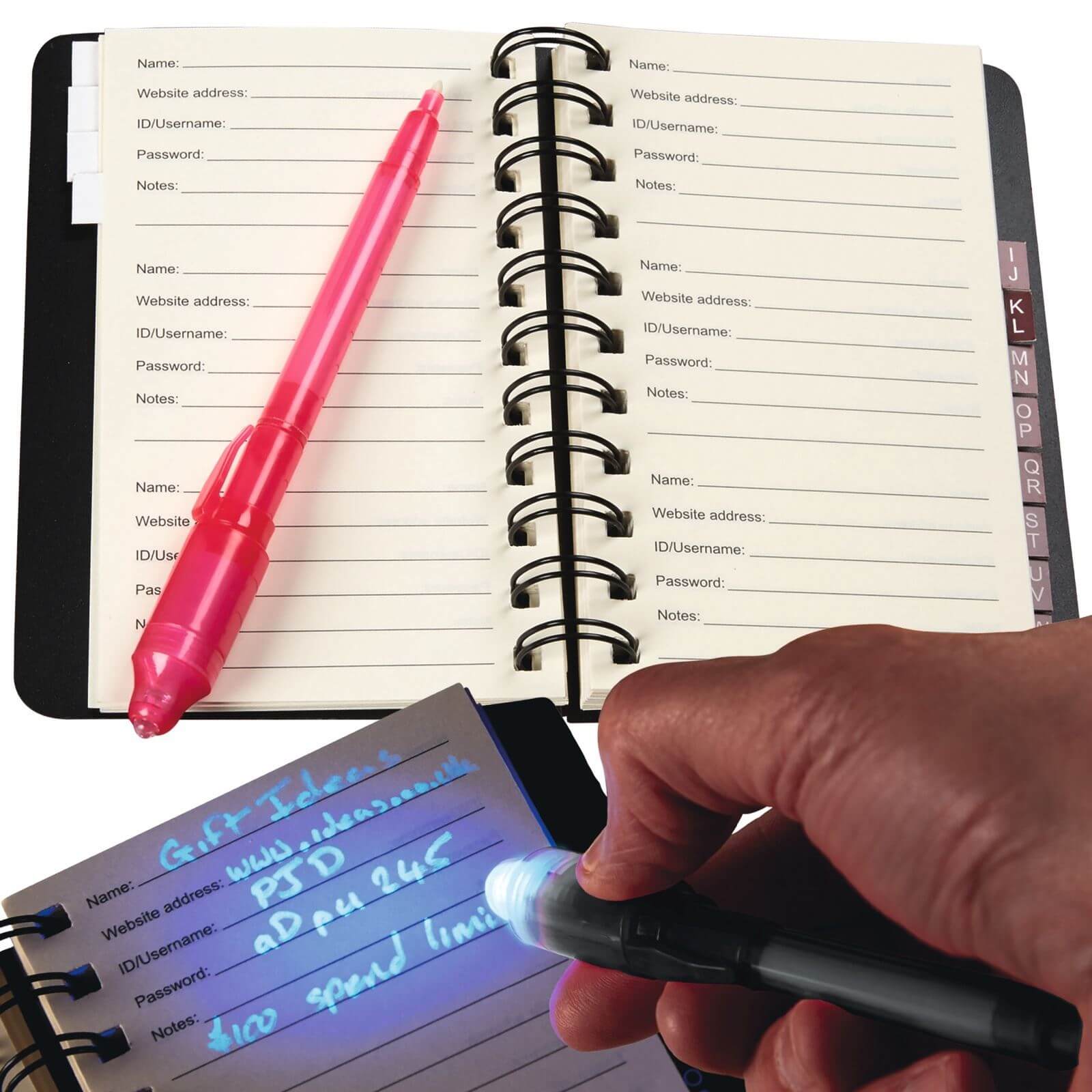
source: wearepentagon.com
The end product is thus created out of a multi-material, poly-jet 3D printer. Unlike the traditional Fused Deposition Modelling (FDM) 3D printer, the multi-material ones give rise to objects that are transparent and fuse two or more different kinds of materials.
According to Zeng, the models you usually design and send to the regular 3D printers are just like empty shells that contain only surface information. Thus, those printers can only recognize the surface information and help you print the surface geometry, mostly in a single colour or material. He further adds that, on the contrary, an illusory material is designed with embedded metamaterial information.
The object printed with illusory technology, is a model full of colors, and different materials in different voxels. Here, the entire Nseen bottle which includes its transparent body, lenticular lenses, the hidden writings and the solid black strips on either side of the bottle is created in a single print.
Benefits of The Technique/Project:
Using the technique:
- You can obtain an object that shifts in color depending on how and at what angle you hold it.
- You can obtain a packaging on which lettering can only be viewed when held at a certain angle.
- You can get sculptures that appear soft and lively despite being printed from resin.
- You can get a dynamic and interactive object without the use of electronic or digital screens.
Through The Eyes of The Designers:
The designers see the Nseen bottle as an impeccable piece of printed creation that can challenge any of the latest inventions of the decade. It is a revolutionary test case for exhibiting the capabilities of the system and its possible benefits.
This Nseen bottle is indeed an example that a truly minimalist design can co-exist along with delivering clear product information and instructions.
The same can be done even with transparent materials like glass, acrylic, resin etc.
Specific Functions of Nseen:
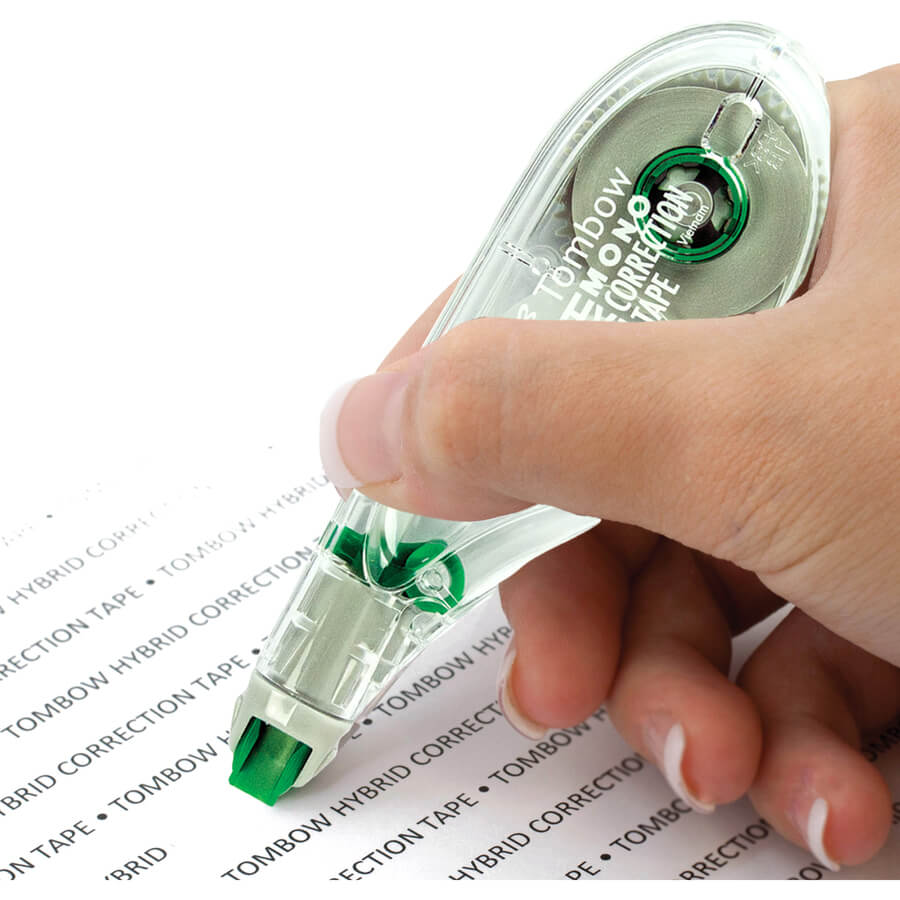
source: content.etilize.com
- The Nseen bottle introduced with the help of 3D printing technology can be utilized for specific functions such as writing secret messages to someone. One can write invisible messages on it without it being actually unreadable.
- It can be actually more effective than the secret writing lemon juice. Thus, you can leave you Nseen bottle before others without your sensitive information being leaked or disclosed amongst unwanted people.
- It can also be used as an embedded authentication code for luxury brands which requires to be unique and distinct.
Final Thoughts:
The project’s accomplishments are two-fold. Deng, who is a computational designer, had to invent software that allowed for 3D modeling on a voxel level, having the ability to switch out materials and can effectively mock up the composite layers of colors.
On the contrary, Zeng, who is an industrial designer, took up the charge of dreaming up objects and applications and conceptualizing the look of those layers of colors.
All in all, the project was meant to bring the freedom and life of digital design to the physical world and at the same time merge out-of-the-world & extraordinary objects with reality. And the Deng-Zeng duo made it possible with their Nseen project. They proved that reality does exist in unreal objects as well in the best possible way.
The coming era is yet to explore more of such dreamy possibilities holding the hands of Illusory Material system and 3D printing technology and the 2020 Innovation by Design Awards is indeed a great beginning of it.



